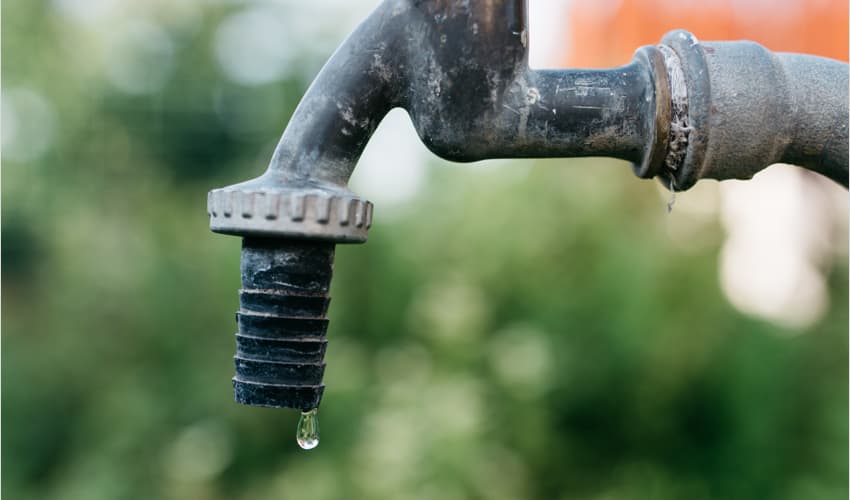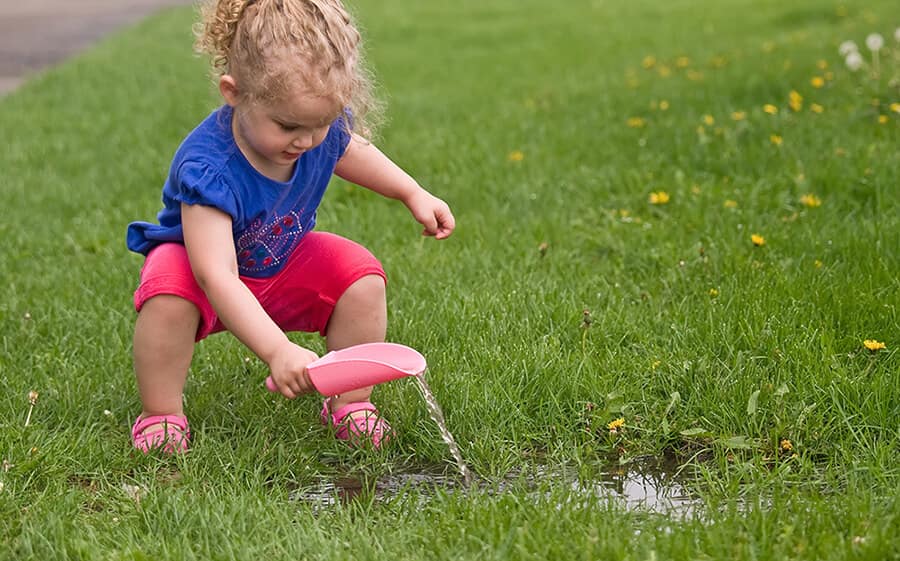We have noticed this great article relating to How to detect water leaks in your home listed below on the internet and thought it made perfect sense to write about it with you over here.

Leakages not just trigger waste of water but can additionally create unneeded damage to your home and also promote unwanted natural growth. By understanding as well as looking for everyday scenarios that trigger leakages, you can protect your residence from future leaks and also unnecessary damages.
Intruding roots
Many water leakages start outside the home rather than inside it. You could see wet patches or sinkholes in your yard, and that may indicate that tree roots are attacking water lines causing water to seep out.
Corroded water supply
This could be the cause of discoloration or warping on your water pipelines. If our plumbing system is old, take into consideration replacing the pipes because they are at a higher danger of deterioration than the newer versions.
Malfunctioning Pipe Joints
The factor at which your pipes connect is frequently the weakest link in the waterline. Pipeline joints can deteriorate gradually, resulting in water leakages. Regrettably, the majority of pipe joints are not easily noticeable. If you have noisy pipelines that make ticking or banging noises, especially when the warm water is switched on, your pipeline joints are most likely under a great deal of stress. It is a good idea to have your plumber check your system yearly.
Instant temperature modifications.
Extreme temperature adjustments in our pipelines can trigger them to expand and also acquire suddenly. This expansion and also tightening may cause splits in the pipelines, especially if the temperature level are listed below cold.
Poor Water Connectors
Sometimes, a leakage can be caused by loosened pipes and pipes that provide your home appliances. Generally, shifting is what creates the loosened water Connections. You might find in the case of a washing machine, a pipe might spring a leak as a result of trembling throughout the spin cycle. In case of a water connections leakage, you may see water running directly from the supply line or puddles around your home appliances.
Obstructed Drains
Clogged drains could be irritating and also inconveniencing, but they can occasionally end up triggering an overflow leading to rupture pipelines. Maintain eliminating any kind of products that might drop your drains that might obstruct them to avoid such hassles.
All the above are sources of leakages however not all water leakages result from plumbing leaks; some leaks may originate from roof leakages. All leakages should be repaired promptly to stay clear of water damage.
Leaks not only create waste of water yet can also trigger unnecessary damages to your residence and also promote unwanted organic development. By recognizing and also looking for everyday circumstances that create leakages, you can shield your home from future leaks and unnecessary damage. Today, we will look at six leak triggers that may be triggering your pipes to leak.
At times, a leakage can be created by loosened tubes and also pipelines that provide your devices. In instance of a water links leak, you might notice water running directly from the supply line or pools around your devices.
TYPES OF WATER LEAKS YOU SHOULD BE FAMILIAR WITH
Shower Fixture Water Leaks
If you notice a water leak near your shower fixture, perform an inspection to confirm if you are able to find broken caulk lines. As your shower fixture becomes older, it is not uncommon for water to leak onto the other side of the frame. To fix this type of plumbing leak, scrape off the old caulk and run a new bead of it around the shower fixture to seal up any fractured crevices and holes.
Bathtub Drainage Water leaks
To fix this type of leak in a bathtub, remove the drain flange and clean it. Next, you should also remove the rubber gasket located beneath the tub’s drain hole. Buy a replacement gasket that matches the old version and install it in the same location. Once the drain flange and rubber gasket are installed, apply a small amount of silicone caulk to the drain to prevent water leakage below your tub.
Water Pipe Leaks Behind Walls
Issues such as discolored grout and loose shower tiles may be caused by a water pipe leak behind the walls in your bathroom. To fix this plumbing leak, you will be required to remove the tiles, grout, or caulk in your shower. Once the tiles in your shower have been removed, perform an inspection of the drywall to confirm if it’s moist or wet. If you notice water marks or mold on the wall, this is an indicator of a water pipe leak.
Toilet Leaks
Nobody likes a toilet leak. It can cause water damage to the subfloor, joists, or even the ceiling in the room below. To combat this type of water leak, you will need to reinstall your toilet with a brand new ring of wax. If the toilet sits uneven, be sure to add toilet shims to correct the issue. Do you notice a broken bolt slot or flange? We recommend performing a new metal flange installation to remediate this issue.
Sink Water Leaks
To prevent damage to the beautiful counter tops in your kitchen or bathroom, tighten the base of your sink to prevent a water leak. Next, scrape away any old caulk around the sink and apply a fresh coat. Prior to using the kitchen or bathroom sink, you will need to secure the fixture to the countertop with the clips located beneath the sink rim to prevent a water leak.
https://www.fenwickhomeservices.com/blog/6-types-of-water-leaks-you-should-be-familiar-with/

I hope you enjoyed our post on Common Water Leaks In House. Thanks a lot for taking time to read our piece. If you appreciated our post plz be sure to share it. Thanks for your time. Please check our website back soon.
Call Today
Comments on “The Six Most Common Sources of Water Leaks in Your Home: How to Identify and Address Them”